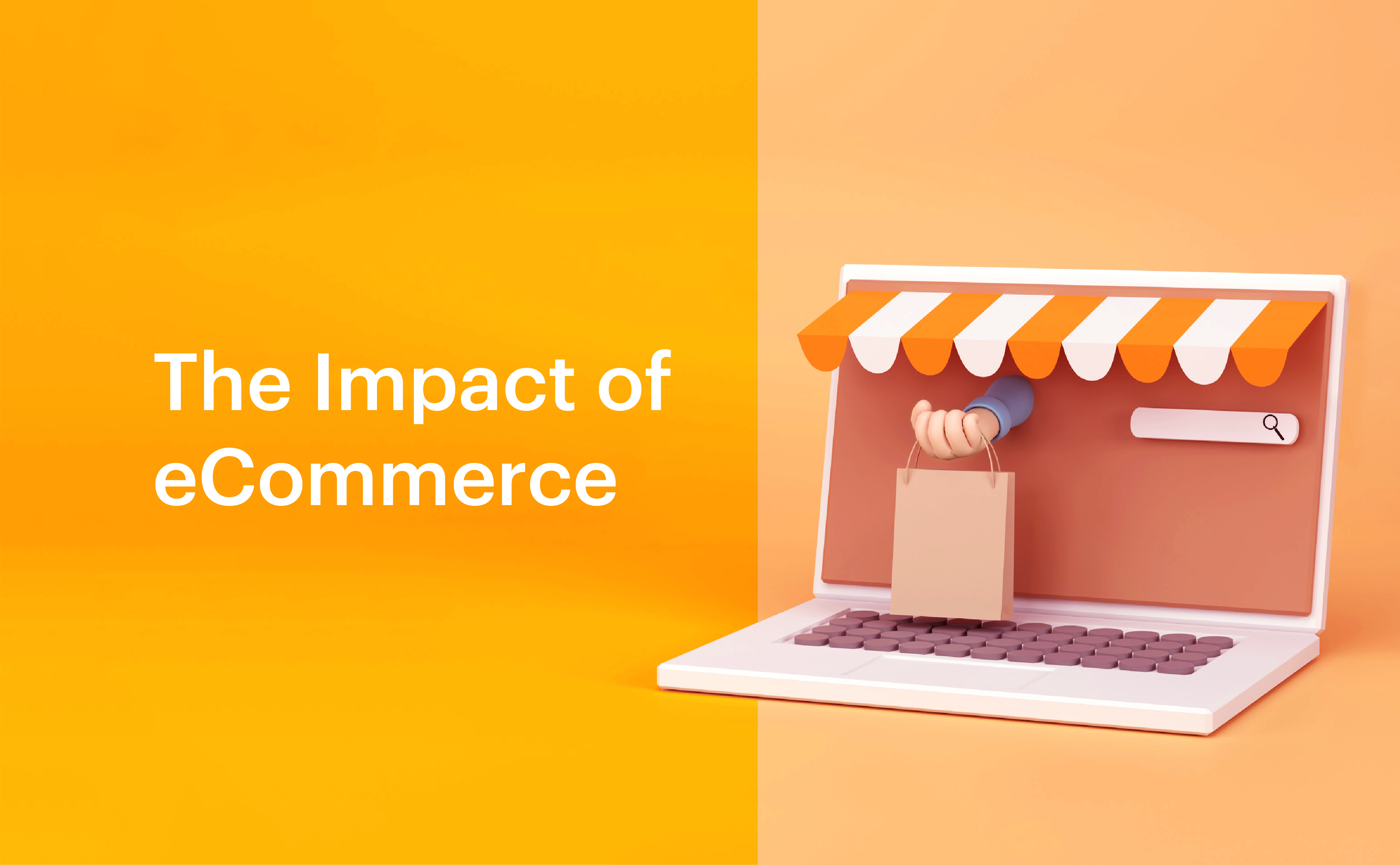E-COMMERCE
(electronic commerce)
Introduction to e-commerce
It is the activity of buying or selling products online or over the internet. And it is the largest largest sector of the electronics industry.
And there are 5 essential categories of e-commerce:
Business to Business
Business to customer
Business to government
Customer to customer
Customer to business.
Forms of e-commerce
Contemporary electronic commerce can be classified into two categories. The first category is business based on types of goods sold involves everything from ordering "digital" content for immediate online consumption.
And the second category is based on the nature of participant (B2B,B2C,C2C and C2B).
2 . Governmental regulation
Government regulation in EcommerceInternationally there is the International Consumer Protection and Enforcement Network (ICPEN), which was formed in 1991 from an informal network of government customer fair trade organisation. In India, the Information in Technology Act 2000 governs the basic applicability of e-commerce.
3. Global trends
Global Trends In Ecommerce
E-commerce has become an important tool for small and large businesses worldwide, not only to sell to customers, but also to engage them.
SMEs ( small and medium enterprises) can also precisely match the demand and supply in the market, having the industrial chain majorization and creating more revenues for companies.
In 2012, e-commerce sales topped $1 trillion for the first time in history.
4. Logistics
Logistics In Ecommerce5. Impacts
Impact Of EcommerceE-commerce markets are growing at noticeable rates. The online market is expected to grow by 56% in 2015–2020. In 2017, retail e-commerce sales worldwide amounted to 2.3 trillion US dollars and e-retail revenues are projected to grow to 4.891 trillion US dollars in 2021.
E-commerce allows customers to overcome geographical barriers and allows them to purchase products anytime and from anywhere. Online and traditional markets have different strategies for conducting business.




